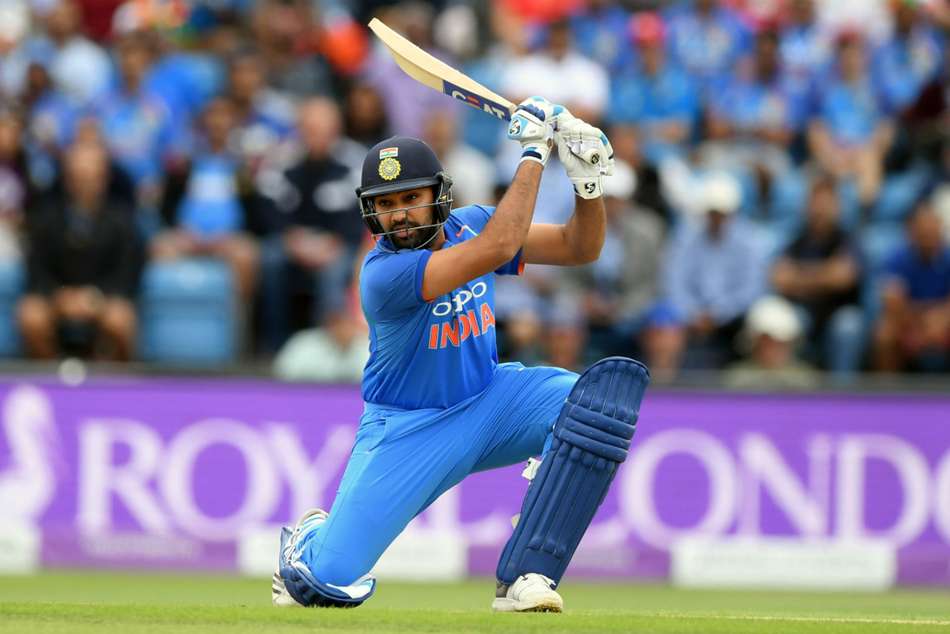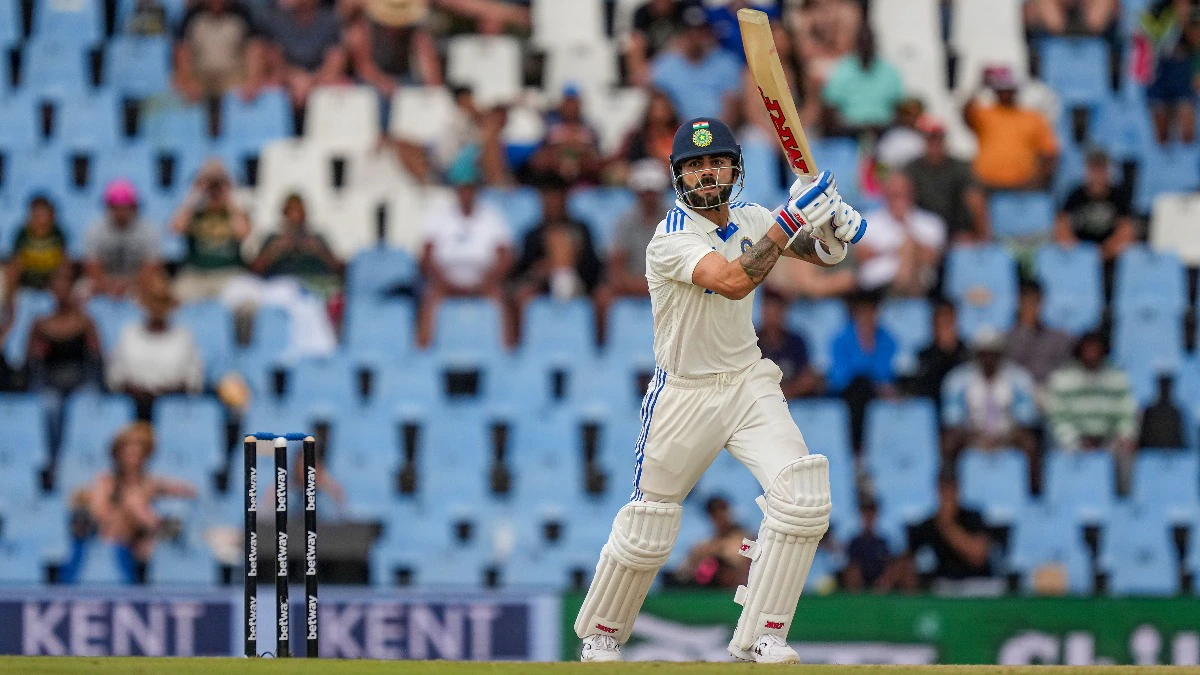If you are given an option of watching 2 batsmen bat. One who is exceptionally sedate and he is scoring at 22 and the other who is extremely aggressive and is scoring at over 75, which batsman would you pay to watch? Let us assume that this is the first or the second day of a test. The answer is easy. It will be latter batsman. Now, it is day 5 and there are 2 batsmen with similar strike rate and there is an outside chance of winning but the chances of a drawn game is higher and hence it is important to play time, who would you watch? Again, the answer is easy. It will be the former batsman. It is something that will always split the cricket aficionados. Batting slowly must depend on the situation.
I know that this is a subject that will never see the light at the end of the day. This topic will go on forever as long as the game lasts.
Just before the Australian era
Back in the olden days, a score of 240 over the course of one full day’s play was considered job well done. Over rates were so poor before the beginning of the 90s. Survival was much more important than scoring quick runs. Run-rate of just over 2 was something not really frowned upon. Everyone considered it to be par for course. Sunil Gavaskar always used to say, “give the first hour to the bowler. The remaining 5 hours can be yours”. These are golden words that rang true from time immemorial.
Towards the middle of the 90s, batting started to drastically change. It was the Australians who started this trend. The Australian team lead by Steve Waugh initially and Ricky Ponting later on, changed the very nature of batting. Aggression throughout the innings became the norm. Hayden & Ponting was not only instrumental in quick scoring but they played long enough that the opposition was physically and mentally drained by the time the Australian innings ended. Their efforts were compounded later in the order by Gilchrist who literally willed the bowlers into submission.
What approach must a batsman take?
There will always be criticism of either approach depending upon the state of play. I will not go into the mindset of the aggressive batsman but I will try to put forward my two cents regarding the sedate batsman. I will analyse merits and demerits of such an approach as best as I can.
Followers of the game are often divided when it comes to what is the approach a batsman must take during the course of the innings. There is one school of thought that says that the batsman must take the attack to the bowlers and another school of thought that will want the batsman to take his time and play the waiting game. Both has its own merits and demerits. They can be productive as well as counterproductive. There isn’t one set formula for batting. It always depends on the situation.
The criticism that are levelled against slow going approach
First, this sort of batting creates lot of pressure on the batting partner. This was said by no less a personality, Ricky Ponting. He said this in the context of Pujara’s batting.
“I don’t think it was the right approach. I think he needed to be a bit more proactive with his scoring rate because I felt it was putting too much pressure on his batting partner”.
However, Pujara had the last laugh. He was instrumental in India winning the series against Australia in 2020. Yes, Pujara did not score too many runs in the series but the sheer number of deliveries that he played ensured that India draw the Sydney test and because of his long innings at Brisbane, Pant was able to attack from one end and eventually win the test and series.
Second, by not looking to score runs, the bowlers are allowed to settle down into a nice rhythm. This is certainly true. The success of batting lies in the bowler not being allowed to bowl a specific line and length. The bowler will gain confidence and he does not have to do much to run through the side.
Third, every team must have a batsman, preferably in the top 3, who will be willing to bat for a longtime without worrying about scoring. The rest will have to bat around him and must take the responsibility of scoring the bulk of the runs. There are 2 angles to this. By not scoring, the batsman allows the bowlers to settle down and thereby make life difficult for the remaining batsman. The other angle is that by playing a long innings, he actually tires the bowlers. The remaining batsmen can take advantage of this and can dominate the opposition. Bat them out of the game.
England’s series win
England won a series in South Africa in 2018 3-1. It was as comprehensive as it can get. There were several brilliant performances. Most notably from Ben Stokes. However, one of the main reason England were able to win that series was because of the batting of Burns and Sibley. These 2 batted in every innings for more than 20 overs each though run scoring wasn’t that efficient. This allowed the likes of Root, Stokes and Buttler to dominate the South African bowling who were extremely tired bowling to the openers.
Michael Vaughan said, “England is a funny team to follow because we criticise them when they play flamboyantly and there were so many on social media criticising the way that Dom Sibley was playing,”. He is absolutely right for this England team. That is exactly what England have required for a long period of time. Someone that just wants to stay in, value their wicket, bat a period of time,” he added.
Conclusion
There is no right or wrong approach to batting. It depends on the situation. If the situation calls for quick runs, the batsmen must be aggressive or restrained otherwise. The one thing the dour batsman must remember is that it is alright not to be aggressive but it is also important to score runs. In other words, a strike rate of 30-35 is alright but certainly not 15-17.
Other reads about the greatest cricketer can be read here and here.



